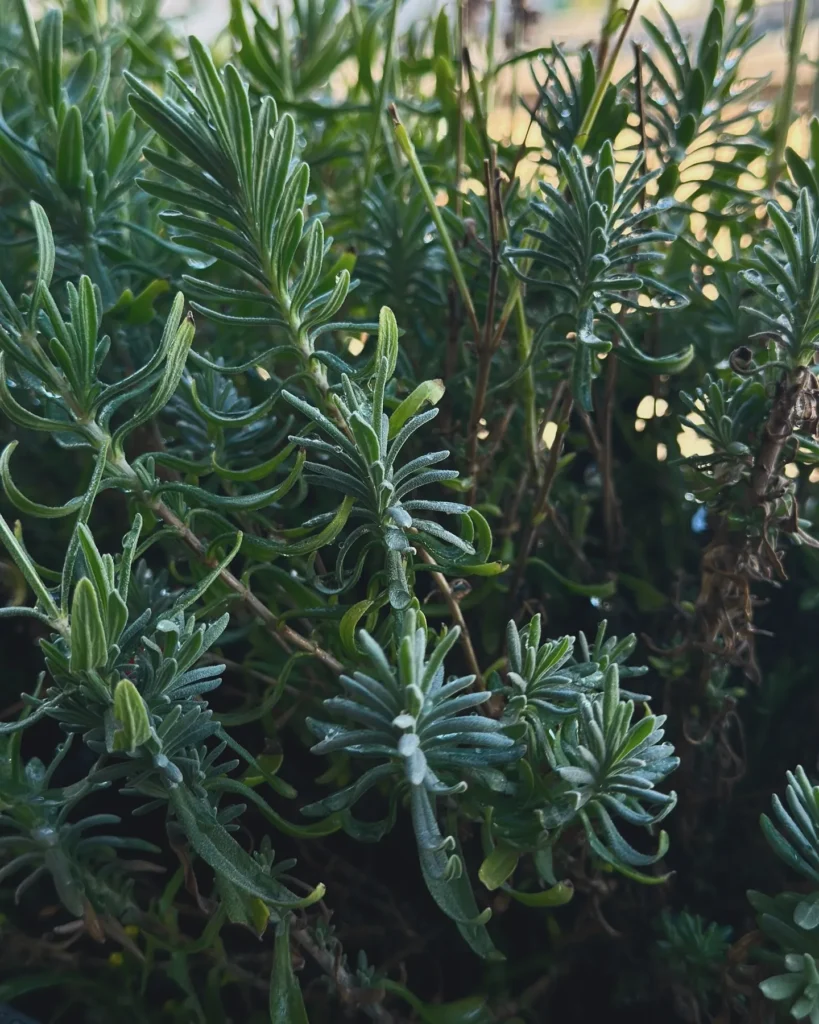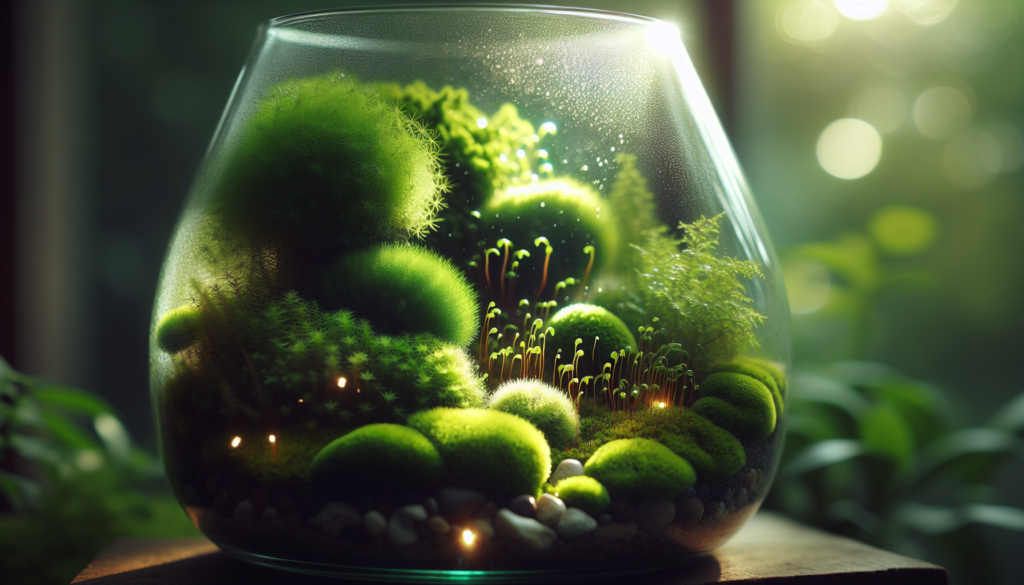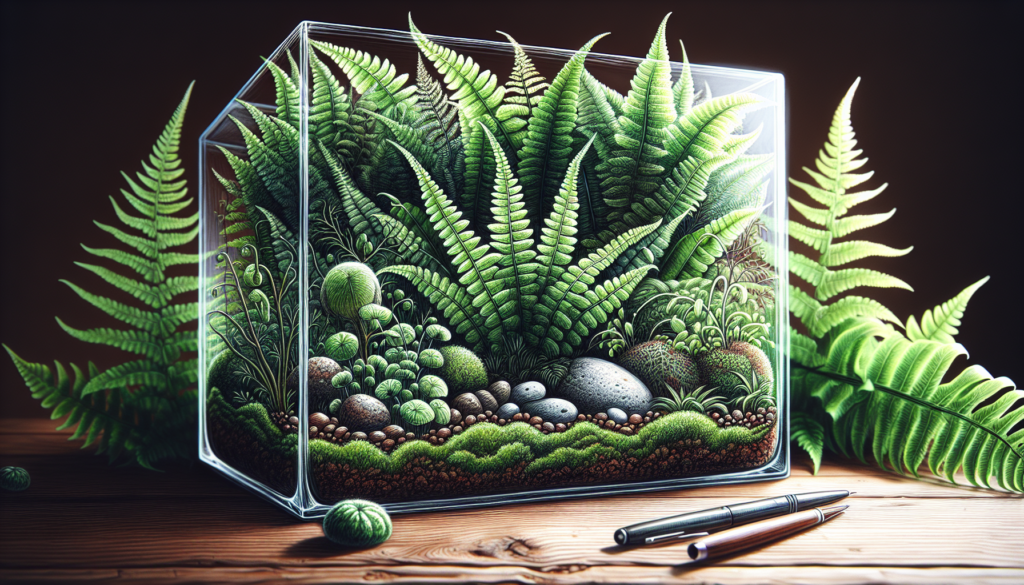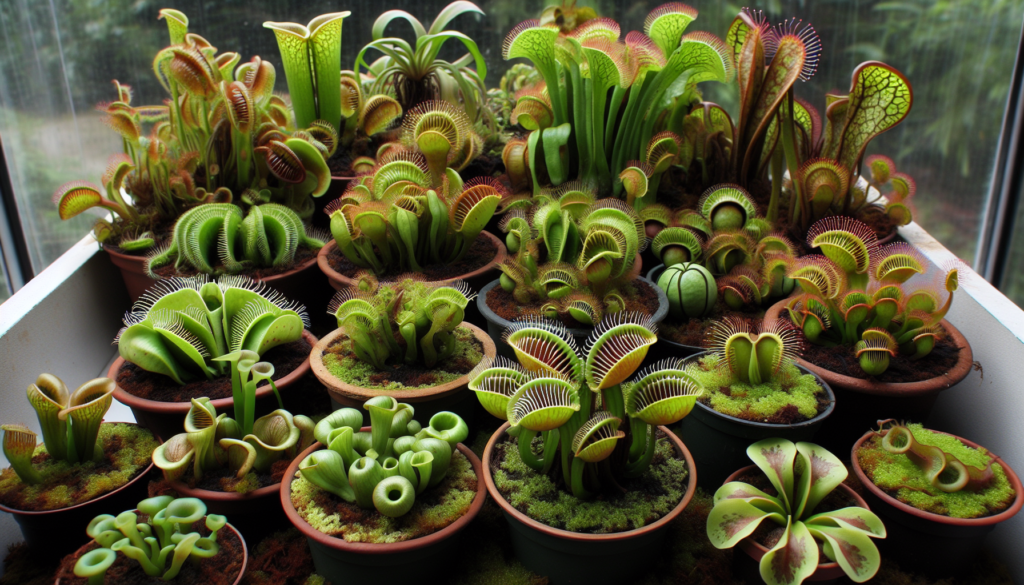Lavender is known for its stunning appearance, making it a popular choice for both indoor and outdoor gardens. With its long stems adorned with clusters of fragrant, lavender-colored flowers, lavender plants add a touch of elegance and beauty to any space.
Appearance of Lavender
One of the most enchanting features of lavender is its delicate flowers. The lavender flowers, often referred to as spikes, form tight clusters at the top of the stems. These flowers are vibrant in color and emit a soothing fragrance that fills the air with a sense of tranquility and relaxation.
Alongside its beautiful flowers, lavender also boasts gray-green foliage, which serves as a perfect backdrop for the vibrant blooms. The gray-green leaves of lavender are slender and narrow, with a soft and velvety texture. They create a visually appealing contrast against the lavender flowers, enhancing the overall aesthetic of the plant.
The combination of lavender flowers and gray-green foliage creates a harmonious balance in the plant’s appearance, adding a touch of elegance and sophistication to any indoor space. Whether used as a centerpiece, in floral arrangements, or simply placed on a windowsill, lavender plants brighten up any room with their charming and alluring presence.
- Lavender plants have long stems adorned with clusters of fragrant, lavender-colored flowers.
- The flowers complement the plant’s gray-green foliage, creating a visually appealing contrast.
- The flowers and foliage combine to produce a charming and elegant appearance.
Light Requirements for Growing Lavender Indoors
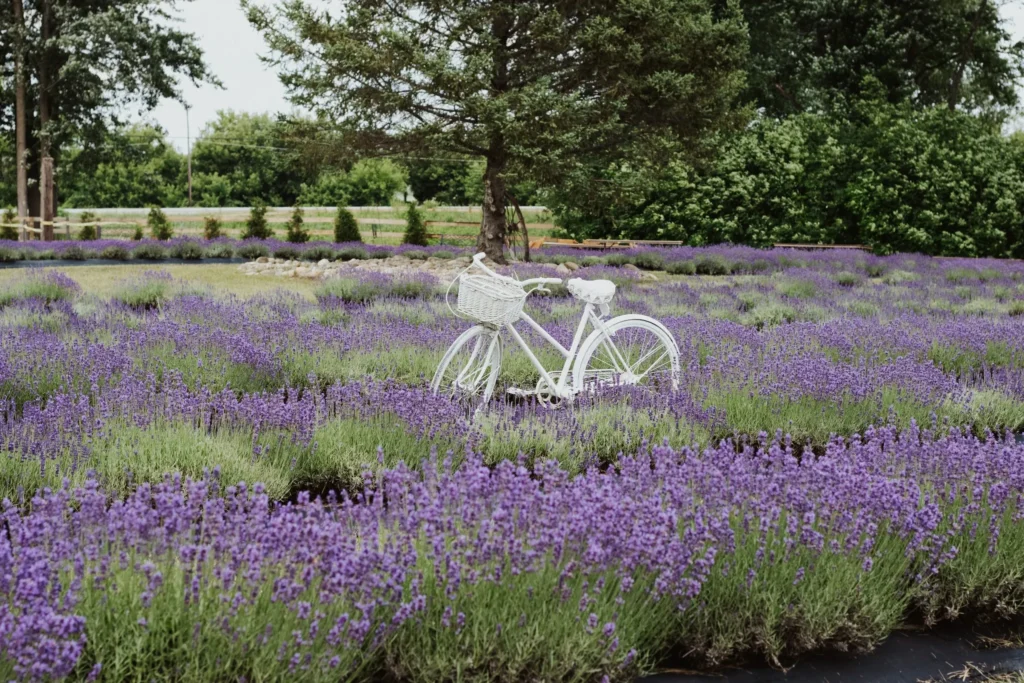
When it comes to growing indoor lavender, providing the right amount of light is essential for its overall health and growth. Lavender plants thrive in direct sunlight, so it’s important to find a suitable location in your home that offers ample light.
- Choose a sunny spot: Ideally, place your indoor lavender in a south-facing window or any area where it can receive at least three to four hours of direct sunlight each day. This will mimic the plant’s natural habitat and ensure optimal light exposure.
- Supplement with grow lights: If you don’t have access to sufficient natural light, especially during the winter months, you can use an LED grow light to supplement the light requirements. LED grow lights are designed to provide the right spectrum of light for plants’ photosynthesis process, promoting healthy growth and blooming.
Watering Lavender Indoors
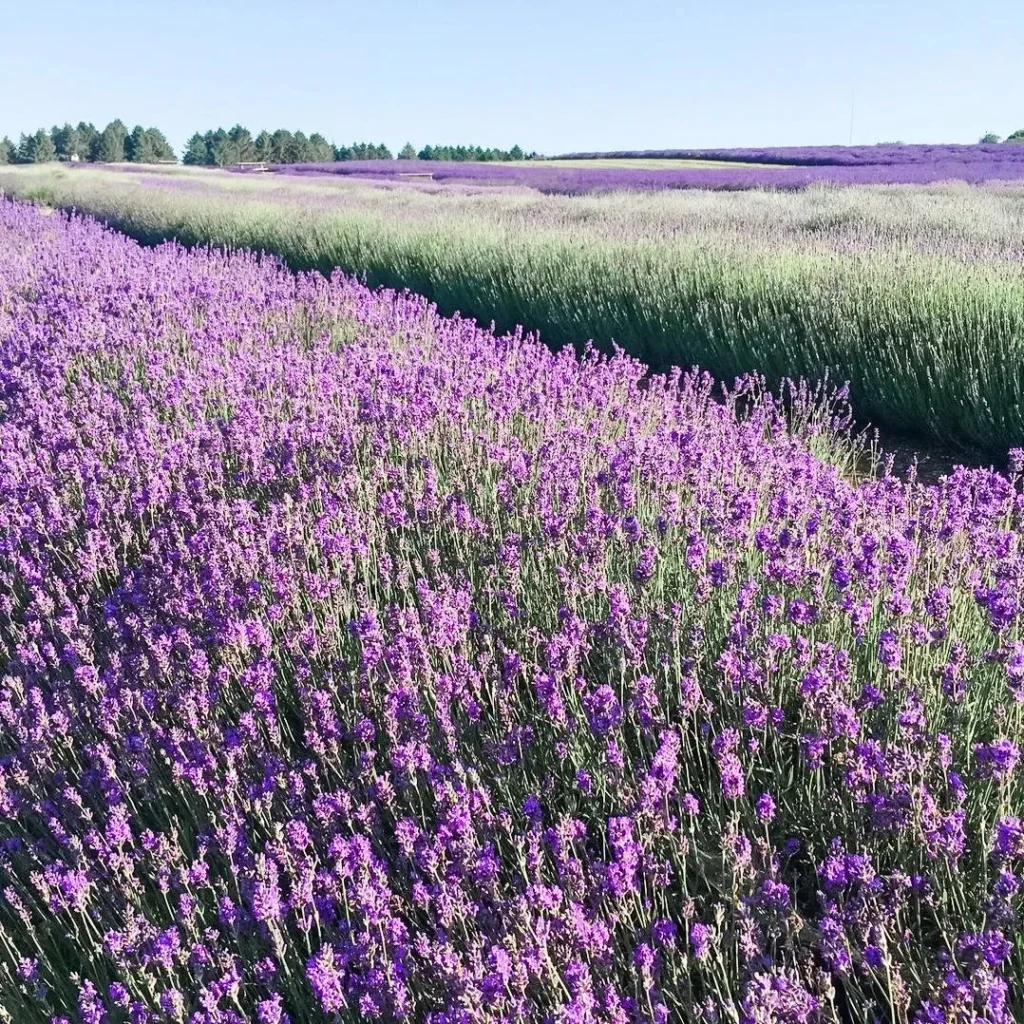
Proper watering is crucial for the health of indoor lavender plants. Here are some important guidelines to follow:
- Drench the plant thoroughly: When watering your indoor lavender, ensure that the water reaches all parts of the soil. This helps to thoroughly hydrate the plant.
- Allow the soil to slightly dry out: After watering, it is important to allow the top inch of the soil to dry out before watering again. This prevents over-watering and promotes healthy root growth.
- Check soil moisture: Use your finger to feel the moisture level of the soil. If it feels dry up to the first knuckle, it’s time to water. If it feels moist, wait a little longer.
- Avoid over-watering: Over-watering can lead to root rot and other issues. It is important to strike a balance and not let the soil become waterlogged.
- Avoid under-watering: On the other hand, make sure not to let the soil go completely dry, as this can cause the lower leaves of the plant to yellow.
Adjust your watering frequency based on the season and the specific needs of your lavender plant. During hot summer months, you may need to water more frequently, while during the winter months, you may need to decrease watering frequency. By paying attention to soil moisture and adjusting your watering routine accordingly, you can help ensure the optimal health and growth of your indoor lavender.
Fertilizing Lavender Indoors
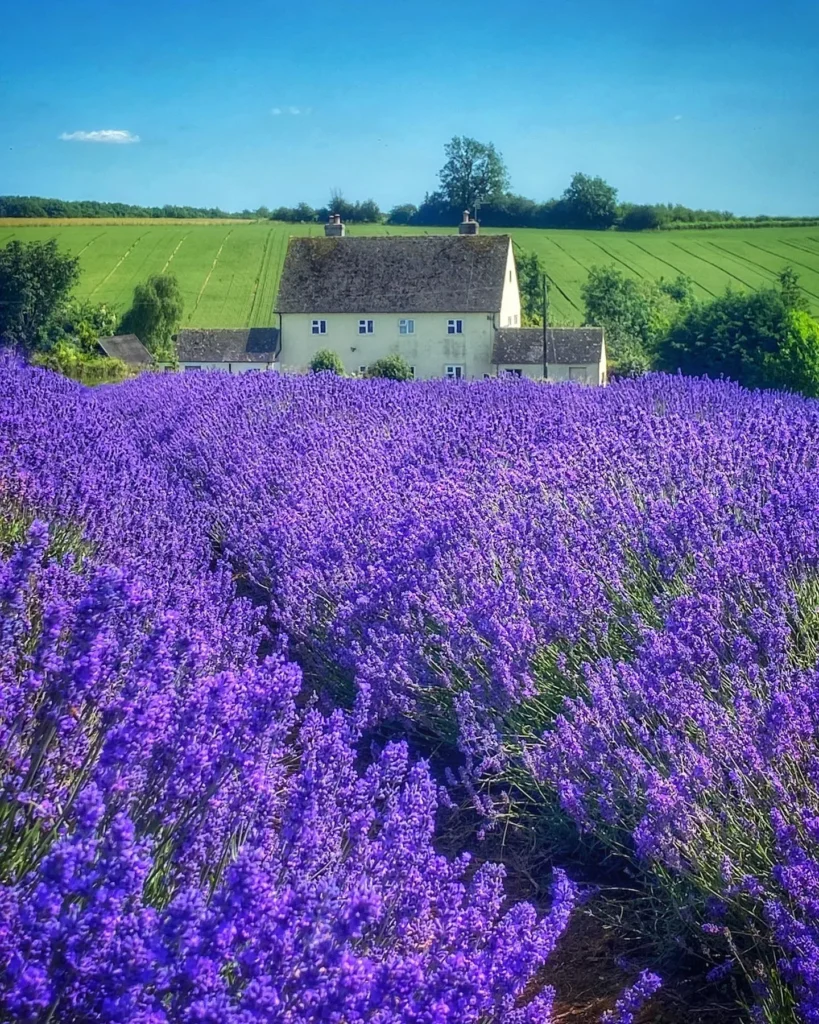
Indoor lavender plants require regular fertilization to thrive and produce vibrant blooms. Fertilizing provides essential nutrients that promote healthy growth, ensuring your indoor lavender remains strong and beautiful.
Choosing the Right Fertilizer
When selecting a fertilizer for your indoor lavender, opt for an all-purpose, water-soluble variety. These fertilizers are formulated to provide a balanced mix of nutrients, which are essential for the plant’s overall well-being. Look for a fertilizer with a lower nitrogen content, as high nitrogen levels can hinder flower production.
Fertilizing Schedule
Fertilize your indoor lavender every four weeks during the spring and summer months, when the plant is actively growing. Use the all-purpose fertilizer at half strength to avoid overfeeding the plant. This gentle fertilizing schedule ensures that your lavender receives a consistent supply of nutrients without overwhelming it.
Application Technique
Apply the diluted fertilizer solution directly to the soil, taking care not to splash it onto the leaves or flowers. Gently water the plant after fertilizing to help distribute the nutrients evenly. Avoid fertilizing lavender plants during the fall and winter months, as they enter a period of dormancy and require fewer nutrients.
Pay Attention to Specific Needs
Keep in mind that different indoor lavender varieties may have specific fertilizer preferences. Some varieties may benefit from additional nutrients or require different fertilizing schedules. Familiarize yourself with the specific needs of your lavender plant to ensure optimal growth and blooming.
Potting Lavender Indoors
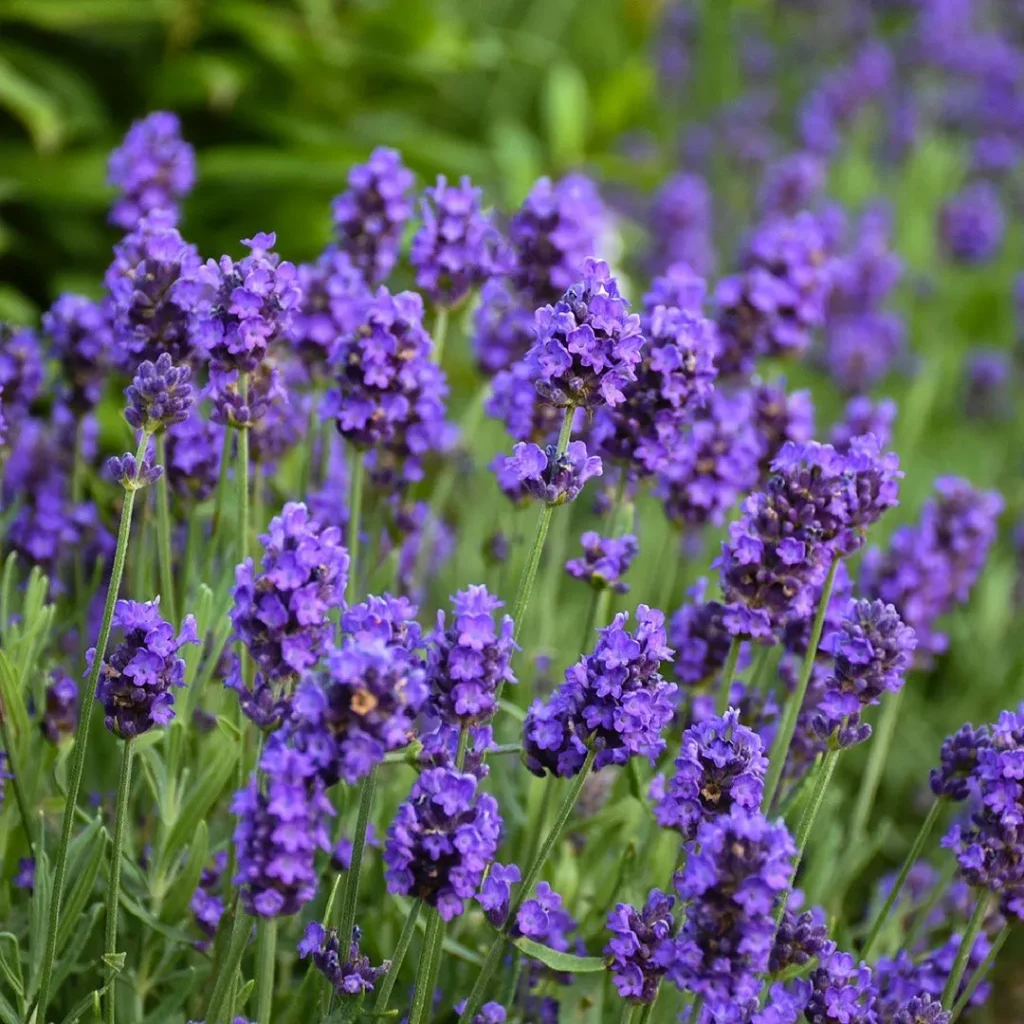
Potting lavender correctly is crucial for the successful growth and development of indoor lavender plants. Follow these guidelines to ensure your lavender thrives in its pot:
- Choose well-drained soil: Lavender prefers a well-drained soil mixture to prevent waterlogging and root rot. Use a combination of potting soil and cactus mix to create a light and airy medium that allows excess water to drain away.
- Select the right pot size: When potting lavender, it’s important to choose a pot that is slightly larger than the root ball of the plant. This will provide enough space for the roots to grow. Lavender actually prefers a slightly crowded environment, so avoid using pots that are too large.
- Repot regularly: Indoor lavender plants benefit from repotting every year or so. This allows the roots to have enough room to grow and expand. When repotting, gently loosen the root ball and place it in a slightly larger pot with fresh well-drained soil.
Propagating Lavender Indoors
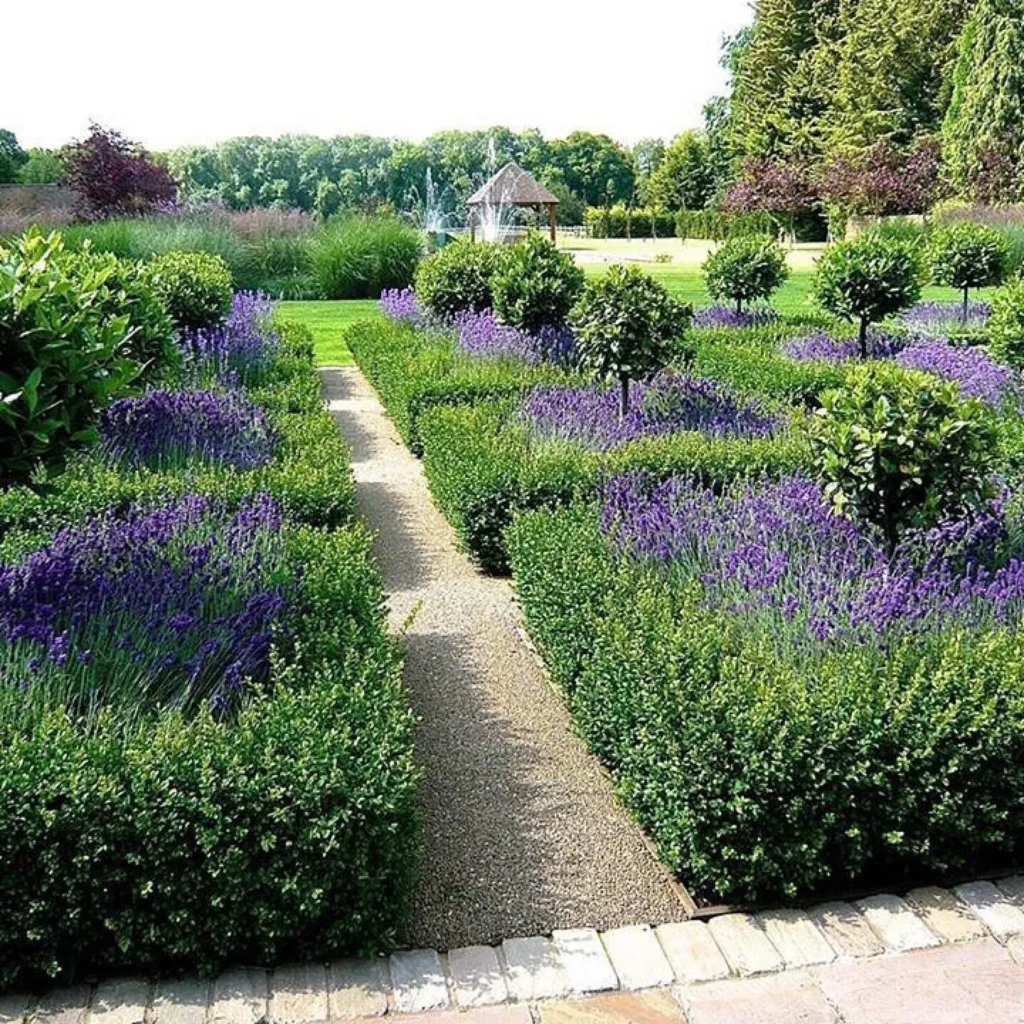
Propagating lavender indoors is a great way to expand your lavender collection or share this beautiful plant with others. One of the common methods of propagating lavender is through cuttings.
- Start by selecting a healthy 3-inch section of a lavender stem.
- Remove the leaves from the bottom inch of the stem to ensure successful rooting.
- Prepare a sandy potting mix that is evenly moist.
- Gently insert the prepared lavender stem into the mix, making sure it is planted deep enough to provide stability.
- Place the pot in a warm and bright location, but away from direct sunlight.
- Provide the cutting with regular care by misting it lightly and keeping the potting mix consistently moist.
- After a few weeks, you’ll start to see new roots emerging from the stem.
- Once the roots have developed, you can transplant the cutting into a larger pot with a well-draining potting mix.
Growth and Development of Lavender Indoors
Lavender plants bring beauty, fragrance, and a touch of nature to any indoor space. With proper care, they can thrive and undergo various stages of growth and development, transforming into full, bushy plants that produce vibrant flowers.
To ensure the healthy growth of your indoor lavender, regular pruning is key. Pruning not only promotes new growth but also helps shape the plant into a desired form. Focus on trimming the plant’s branch tips, as lavender typically produces flowers in these areas. Occasional tip pruning will maintain a lush appearance and encourage more abundant flowering.
It’s important to note that different lavender varieties may have specific care requirements. Be sure to pay attention to the needs of your particular lavender plant and adjust your care routine accordingly. By understanding the unique characteristics of your indoor lavender, you can optimize its growth and development.
- Regular pruning promotes new growth and shape.
- Tip pruning encourages more flowering.
- Pay attention to the specific care needs of your lavender variety.
Pests and Diseases of Lavender Indoors
Lavender is generally a hardy plant, but when grown indoors, it can still be susceptible to pests and diseases. Being aware of these potential issues and taking preventive measures is essential for maintaining the health and beauty of your indoor lavender.
- Pests: Common pests that may affect indoor lavender include aphids, spider mites, and whiteflies. These tiny insects can cause damage to the leaves and buds of your plant, hindering its growth and vitality. Regularly inspect your lavender for any signs of infestation, such as distorted leaves, sticky residue, or clusters of small bugs. If you notice any pests, take immediate action to prevent them from spreading. You can remove small infestations by wiping the affected area with a mild soap solution or by spraying your plant with neem oil, which is an organic insecticide. For severe infestations, consider using an insecticidal soap or seeking advice from a local garden center.
- Diseases: Lavender can be prone to root rot and fungal diseases if it is over-watered or grown in soil that doesn’t drain well. Over-watering leads to excessive soil moisture, which can create the perfect environment for harmful fungi to thrive. To prevent root rot and fungal diseases, it’s crucial to establish proper watering practices. Allow the top inch of soil to dry out before watering your lavender again, and make sure your pot has drainage holes to allow excess water to escape. Additionally, maintaining good airflow around the plant can help prevent the development of fungal diseases. Consider placing a small fan near your lavender to promote air circulation.
Conclusion
Growing lavender indoors is a delightful way to bring the beauty and fragrance of this versatile plant into your home throughout the year. By providing the lavender plant with the right conditions, such as proper light, watering, and care, you can create an optimal environment for its growth and well-being.
Indoor gardening with lavender offers a unique opportunity to embrace the calming scent and elegant appearance of this fragrant houseplant. With its clusters of lavender-colored flowers and gray-green foliage, lavender adds a touch of nature and sophistication to any indoor space.
Whether you use lavender for its aromatic qualities, to create soothing teas and essential oils, or simply to enjoy its visual appeal, this fragrant houseplant will surely enhance your indoor gardening experience. With some patience and attention to detail, you can successfully cultivate lavender indoors and reap the many benefits it brings.
FAQ
Q: What is lavender?
A: Lavender is a beautiful perennial shrub known for its fragrant lavender flowers and gray-green foliage.
Q: How does lavender look?
A: Lavender has long stems with clusters of fragrant, lavender-colored flowers. The flowers are complemented by gray-green foliage, which adds a touch of elegance to the plant.
Q: What are the light requirements for growing lavender indoors?
A: Lavender requires ample light when grown indoors. Place your lavender plant in a south-facing window or an area where it can receive at least three to four hours of direct sunlight each day. If natural light is insufficient, use an LED grow light as a supplement.
Q: How often should I water indoor lavender plants?
A: It is crucial to drench the lavender plant thoroughly when watering and allow the soil to slightly dry out between waterings. Check the moisture level of the soil by feeling it with your finger. Adjust the watering frequency based on the season and the plant’s needs to avoid over-watering or letting the soil go completely dry.
Q: How often should I fertilize indoor lavender plants?
A: Indoor lavender plants benefit from regular fertilization. Use an all-purpose, water-soluble fertilizer at half strength every four weeks during the spring and summer months. Follow the instructions provided with the specific fertilizer product you choose.
Q: What kind of soil should I use to pot lavender indoors?
A: Use a well-drained soil mixture that contains a combination of potting soil and cactus mix. Lavender does not do well in heavy clay soil. Choose a pot that is slightly larger than the root ball of the plant, and repot your indoor lavender plant every year or so to ensure optimal growth.
Q: Can I propagate lavender indoors?
A: Yes, you can propagate lavender indoors. One common method is through cuttings. Take a 3-inch section of a lavender stem, remove the leaves from the bottom inch, and place the stem in a sandy potting mix that is evenly moist. Provide proper care, and the cutting will develop roots and grow into a new lavender plant.
Q: How can I promote the growth and development of lavender indoors?
A: Regular pruning can promote new growth and shape the plant. Lavender plants typically produce flowers on the branch tips, so occasional tip pruning can help maintain a full appearance and encourage more flowering. Pay attention to the specific needs of your lavender variety and adjust your care routine accordingly.
Q: What pests and diseases should I watch out for when growing lavender indoors?
A: Common pests that may affect indoor lavender include aphids, spider mites, and whiteflies. Watch for signs of infestation and take immediate action. Over-watering or poorly draining soil can cause root rot and fungal diseases. Proper watering practices and good airflow around the plant can help prevent these issues.
Q: How can I grow lavender indoors successfully?
A: By providing your lavender plant with proper light, water, and care, you can create an optimal environment for its growth and well-being. Embrace the calming scent and elegant appearance of lavender in your indoor space and enjoy the benefits of this fragrant houseplant year-round.


